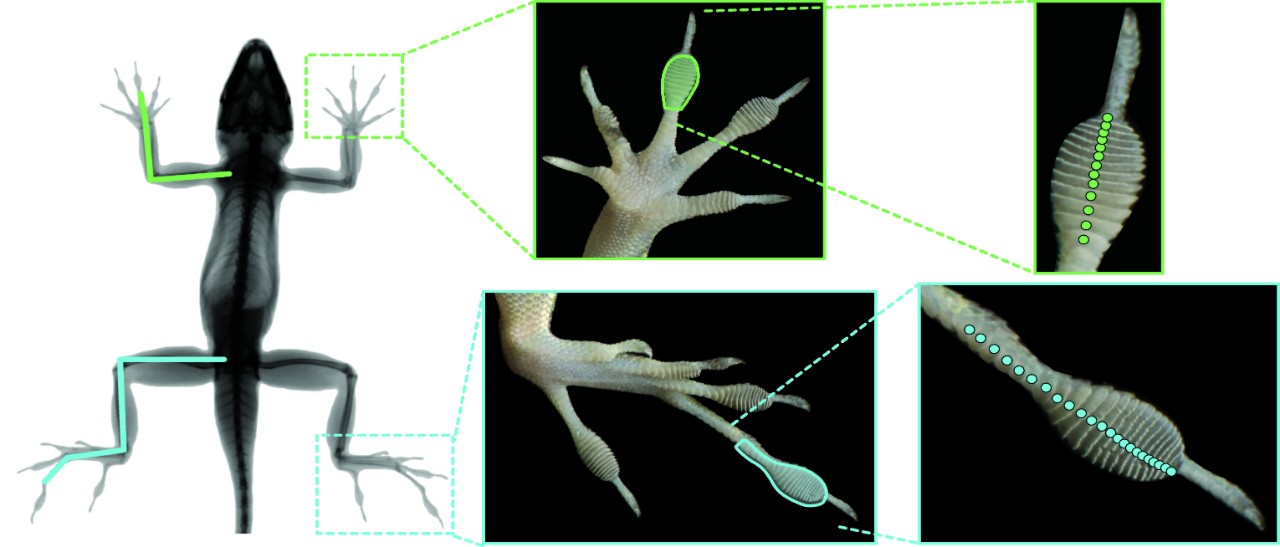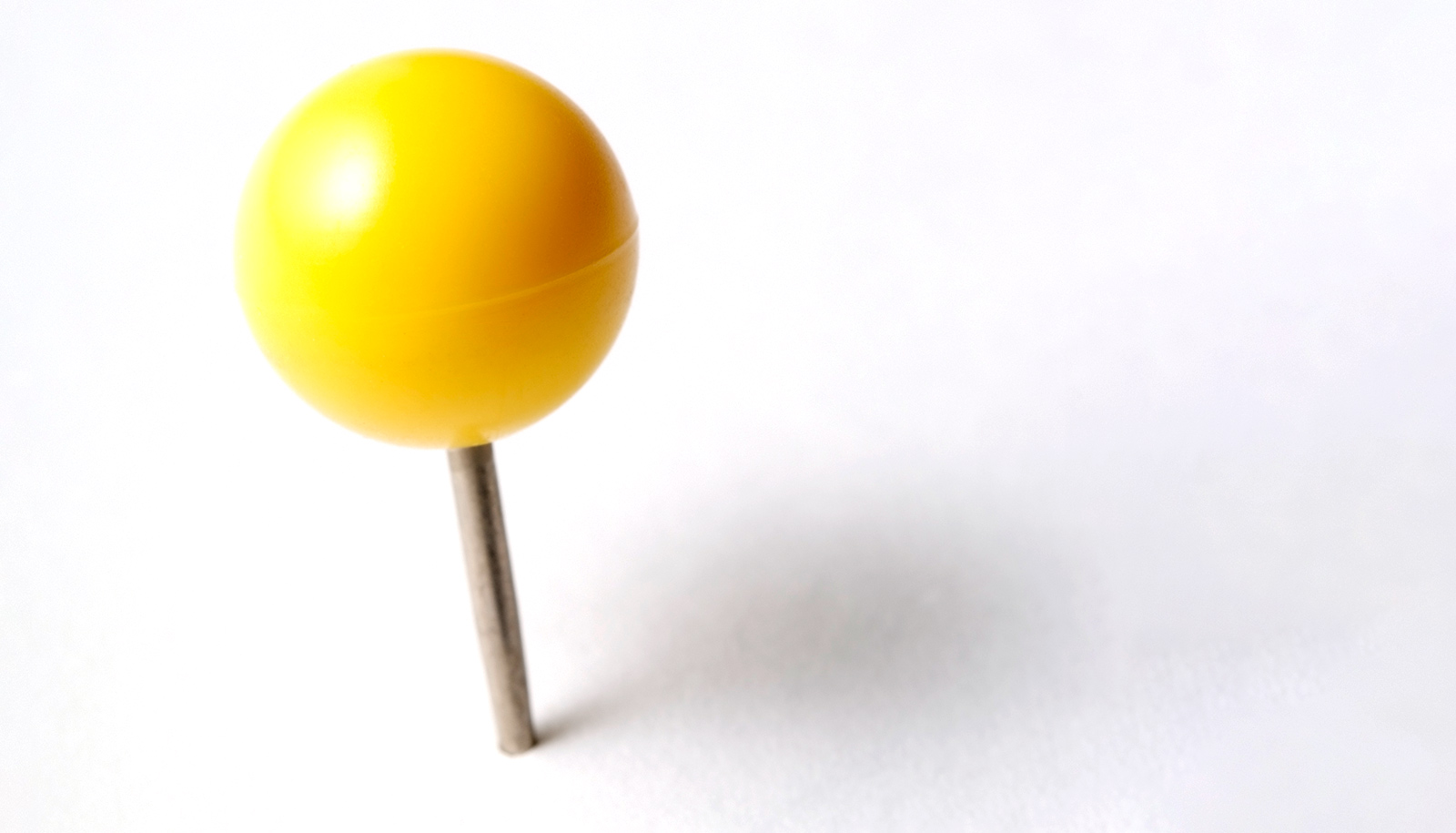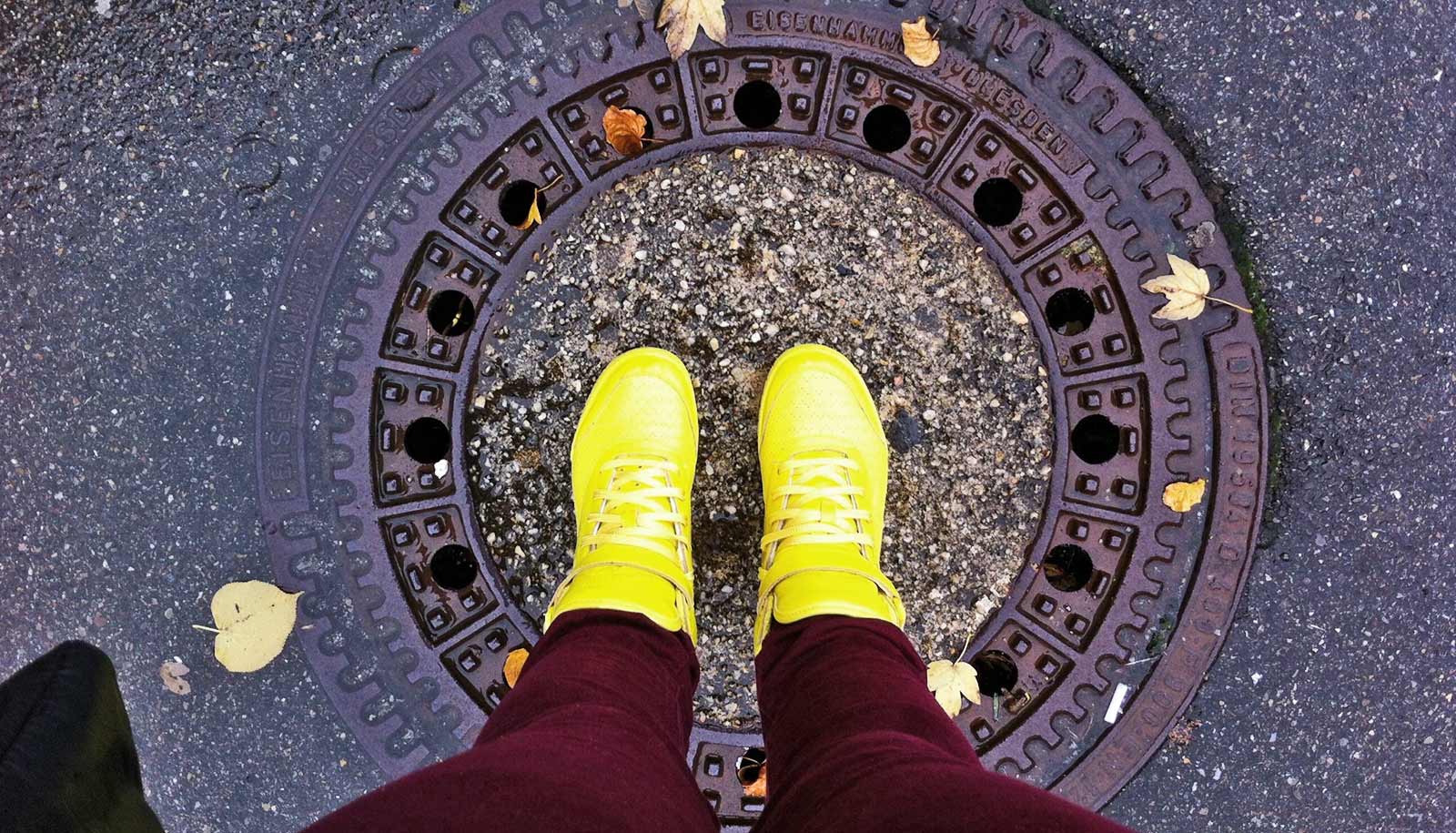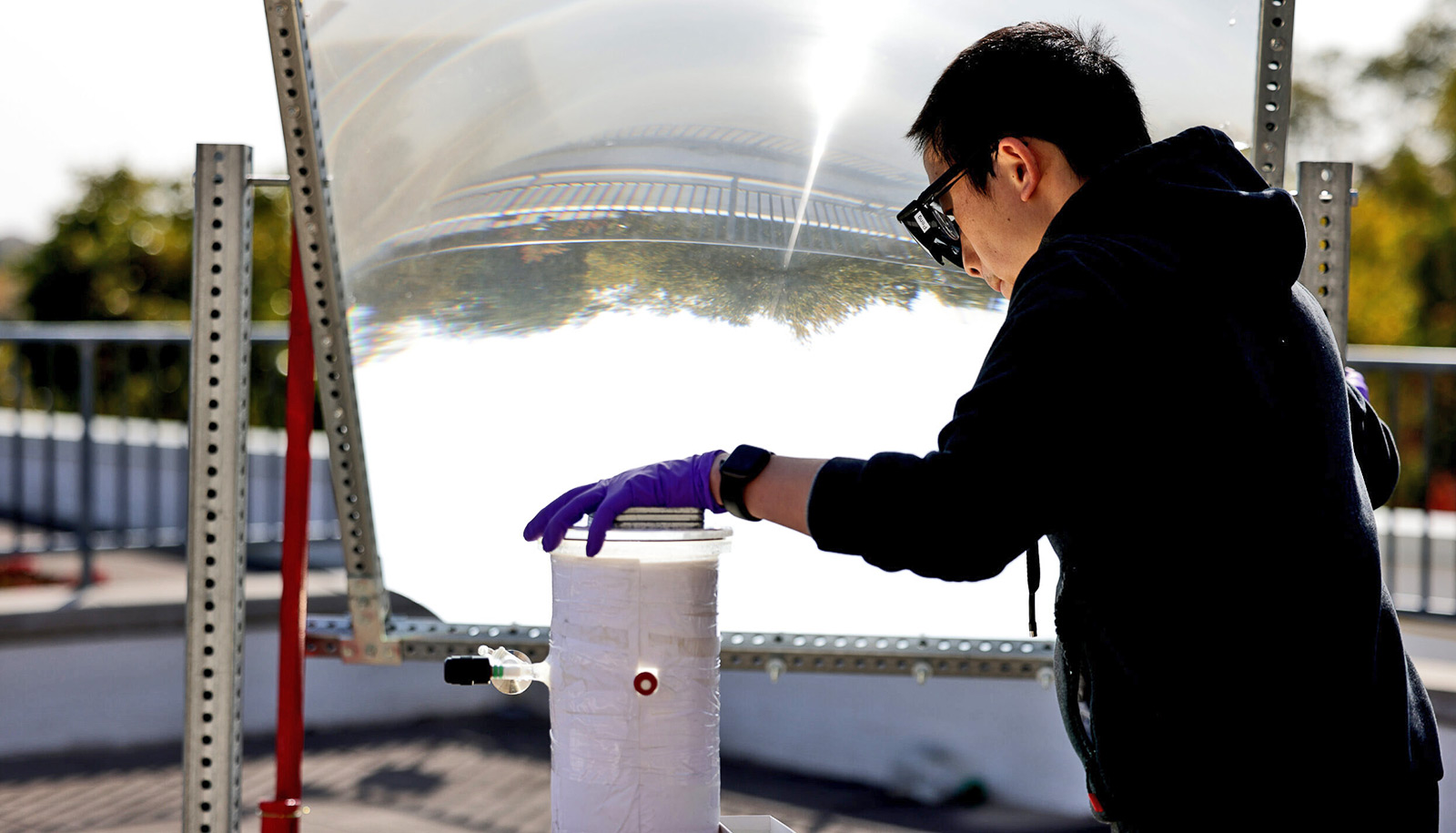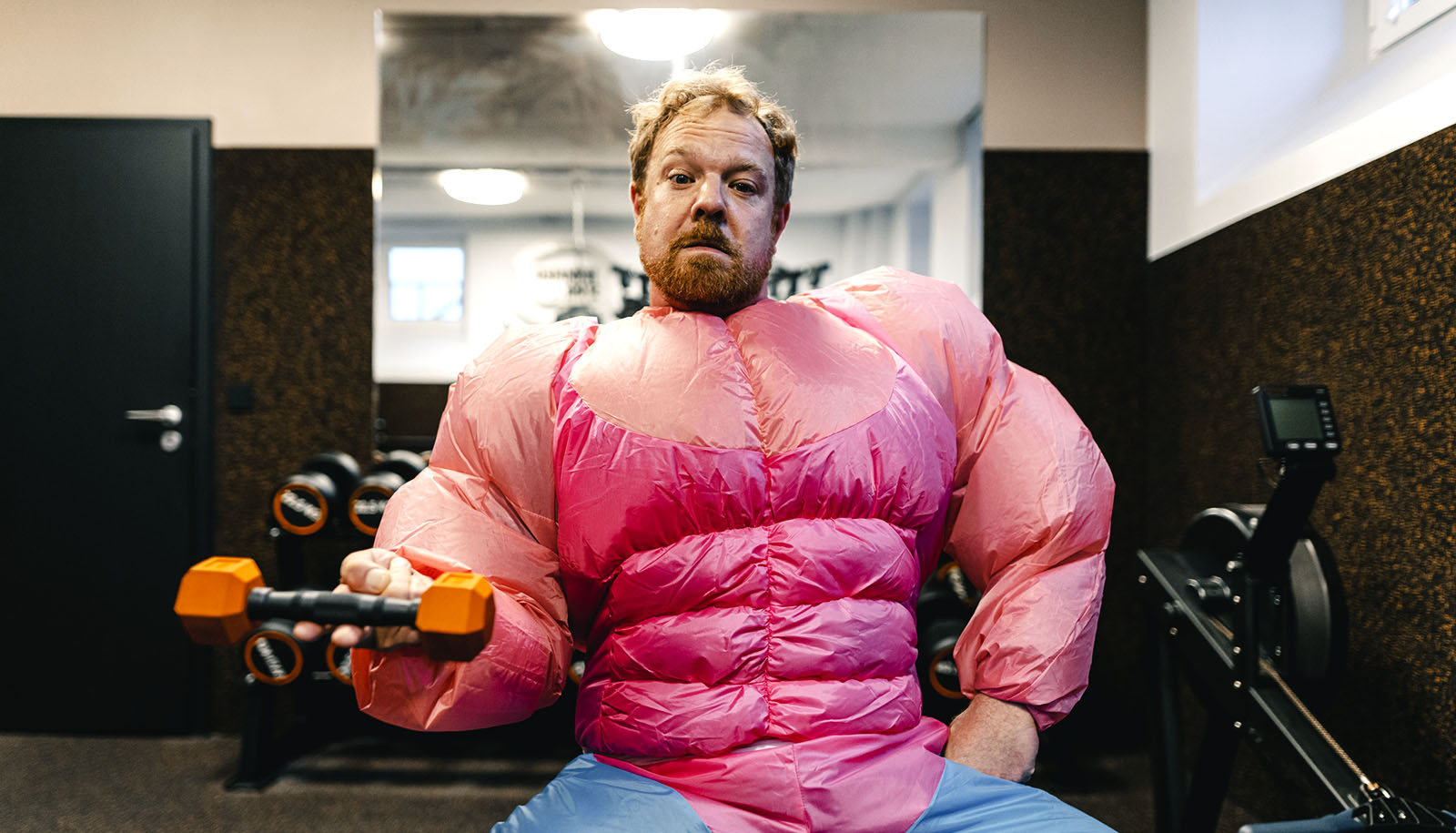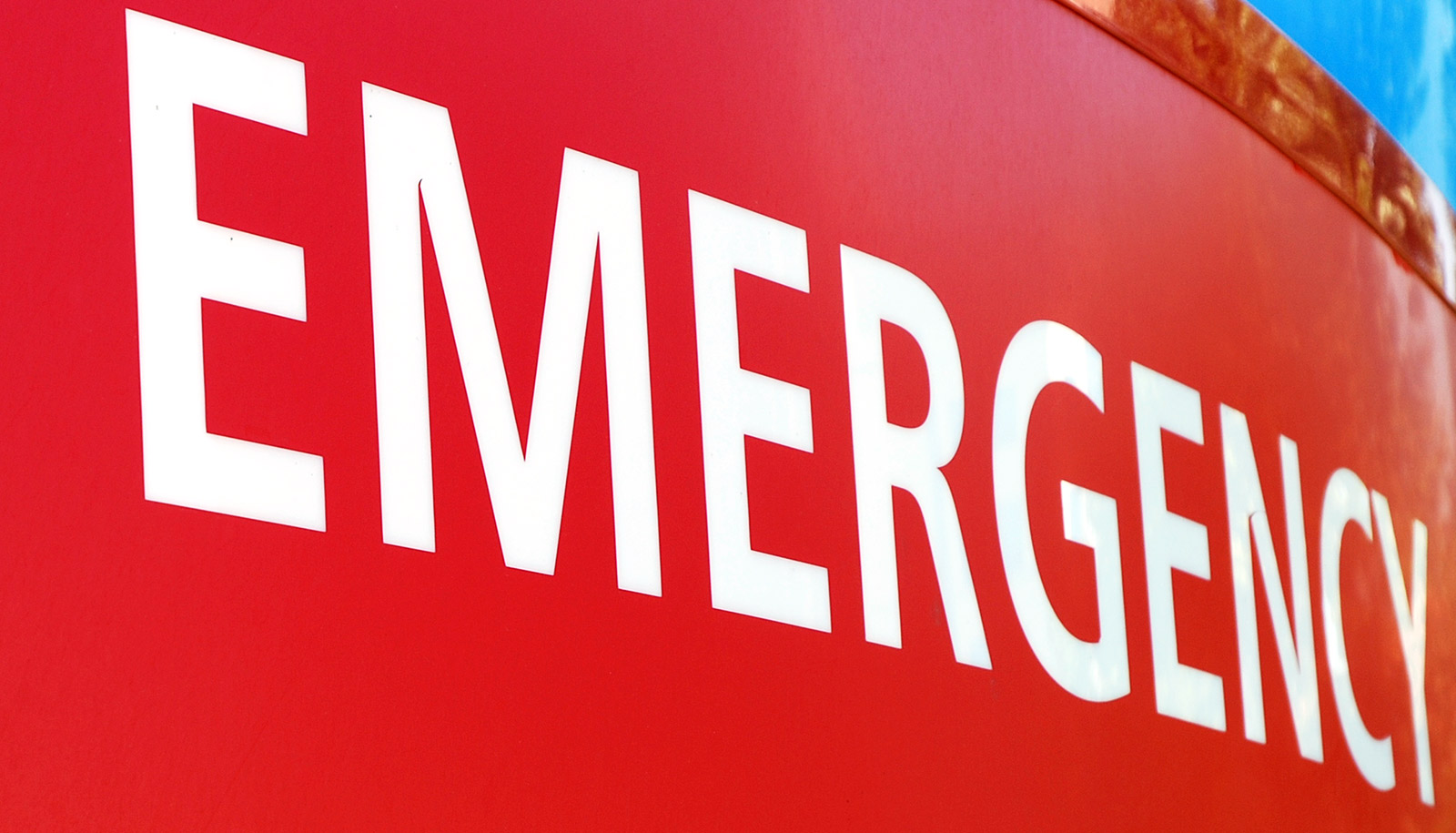Share this
Article
You are free to share this article under the Attribution 4.0 International license.
Researchers have discovered that you can wake up each morning without feeling sluggish by paying attention to three key factors: sleep, exercise, and breakfast.
Do you feel groggy until you’ve had your morning joe? Do you battle sleepiness throughout the workday?
You’re not alone. Many people struggle with morning alertness, but the new study demonstrates that awaking refreshed each day is not just something a lucky few are born with.
“From car crashes to work-related accidents, the cost of sleepiness is deadly.”
The findings come from a detailed analysis of the behavior of 833 people who, over a two-week period, were given a variety of breakfast meals; wore wristwatches to record their physical activity and sleep quantity, quality, timing, and regularity; kept diaries of their food intake; and recorded their alertness levels from the moment they woke up and throughout the day.
The researchers included twins—identical and fraternal—in the study to disentangle the influence of genes from environment and behavior.
The researchers found that the secret to alertness is a three-part prescription requiring substantial exercise the previous day, sleeping longer and later into the morning, and eating a breakfast high in complex carbohydrates, with limited sugar.
The researchers also discovered that a healthy controlled blood glucose response after eating breakfast is key to waking up more effectively.
“All of these have a unique and independent effect,” says Raphael Vallat a postdoctoral fellow at the University of California, Berkeley and first author of the study. “If you sleep longer or later, you’re going to see an increase in your alertness. If you do more physical activity on the day before, you’re going to see an increase. You can see improvements with each and every one of these factors.”
Morning grogginess is more than just an annoyance. It has major societal consequences: Many auto accidents, job injuries, and large-scale disasters are caused by people who cannot shake off sleepiness. The Exxon Valdez oil spill in Alaska, the Three Mile Island nuclear meltdown in Pennsylvania, and an even worse nuclear accident in Chernobyl, Ukraine, are well-known examples.
“Many of us think that morning sleepiness is a benign annoyance. However, it costs developed nations billions of dollars every year through loss of productivity, increased health care utilization, work absenteeism. More impactful, however, is that it costs lives—it is deadly,” says senior author Matthew Walker, professor of neuroscience and psychology and author of Why We Sleep (Simon & Schuster, 2018).
“From car crashes to work-related accidents, the cost of sleepiness is deadly. As scientists, we must understand how to help society wake up better and help reduce the mortal cost to society’s current struggle to wake up effectively each day.”
What you eat
Walker and Vallat teamed up with researchers in the United Kingdom, the US, and Sweden to analyze data acquired by a UK company, Zoe Ltd., that has followed hundreds of people for two-week periods in order to learn how to predict individualized metabolic responses to foods based on a person’s biological characteristics, lifestyle factors, and the foods’ nutritional composition.
The researchers gave participants preprepared meals, with different proportions of nutrients incorporated into muffins, for the entire two weeks to see how they responded to different diets upon waking. A standardized breakfast, with moderate amounts of fat and carbohydrates, was compared to a high protein (muffins plus a milkshake), high carbohydrate, or high sugar (glucose drink) breakfast. The subjects also wore continuous glucose monitors to measure blood glucose levels throughout the day.
“…there are still some basic, modifiable, yet powerful ingredients to the awakening equation that people can focus on…”
The worst type of breakfast, on average, contained high amounts of simple sugar; it was associated with an inability to wake up effectively and maintain alertness. When given this sugar-infused breakfast, participants struggled with sleepiness.
In contrast, the high carbohydrate breakfast—which contained large amounts of carbohydrates, as opposed to simple sugar, and only a modest amount of protein—was linked to individuals revving up their alertness quickly in the morning and sustaining that alert state.
“A breakfast rich in carbohydrates can increase alertness, so long as your body is healthy and capable of efficiently disposing of the glucose from that meal, preventing a sustained spike in blood sugar that otherwise blunts your brain’s alertness,” Vallat says
“We have known for some time that a diet high in sugar is harmful to sleep, not to mention being toxic for the cells in your brain and body,” Walker adds. “However, what we have discovered is that, beyond these harmful effects on sleep, consuming high amounts of sugar in your breakfast, and having a spike in blood sugar following any type of breakfast meal, markedly blunts your brain’s ability to return to waking consciousness following sleep.”
How you sleep
It wasn’t all about food, however. Sleep mattered significantly. In particular, Vallat and Walker discovered that sleeping longer than you usually do, and/or sleeping later than usual, resulted in individuals ramping up their alertness very quickly after awakening from sleep.
According to Walker, between seven and nine hours of sleep is ideal for ridding the body of “sleep inertia,” the inability to transition effectively to a state of functional cognitive alertness upon awakening. Most people need this amount of sleep to remove a chemical called adenosine that accumulates in the body throughout the day and brings on sleepiness in the evening, something known as sleep pressure.
“Considering that the majority of individuals in society are not getting enough sleep during the week, sleeping longer on a given day can help clear some of the adenosine sleepiness debt they are carrying,” Walker speculates.
“In addition, sleeping later can help with alertness for a second reason,” he says. “When you wake up later, you are rising at a higher point on the upswing of your 24-hour circadian rhythm, which ramps up throughout the morning and boosts alertness.”
It’s unclear, however, what physical activity does to improve alertness the following day.
“It is well known that physical activity, in general, improves your alertness and also your mood level, and we did find a high correlation in this study between participants’ mood and their alertness levels,” Vallat says. “Participants that, on average, are happier also feel more alert.”
But Vallat also notes that exercise is generally associated with better sleep and a happier mood.
“It may be that exercise-induced better sleep is part of the reason exercise the day before, by helping sleep that night, leads to superior alertness throughout the next day,” Vallat says.
Walker notes that the restoration of consciousness from non-consciousness—from sleep to wake—is unlikely to be a simple biological process.
“If you pause to think, it is a non-trivial accomplishment to go from being nonconscious, recumbent, and immobile to being a thoughtful, conscious, attentive, and productive human being, active, awake, and mobile. It’s unlikely that such a radical, fundamental change is simply going to be explained by tweaking one single thing,” he says. “However, we have discovered that there are still some basic, modifiable, yet powerful ingredients to the awakening equation that people can focus on—a relatively simple prescription for how best to wake up each day.”
It’s under your control
Comparisons of data between pairs of identical and non-identical twins showed that genetics plays only a minor and insignificant role in next-day alertness, explaining only about 25% of the differences across individuals.
“We know there are people who always seem to be bright-eyed and bushy-tailed when they first wake up,” Walker says. “But if you’re not like that, you tend to think, ‘Well, I guess it’s just my genetic fate that I’m slow to wake up. There’s really nothing I can do about it, short of using the stimulant chemical caffeine, which can harm sleep.
“But our new findings offer a different and more optimistic message. How you wake up each day is very much under your own control, based on how you structure your life and your sleep. You don’t need to feel resigned to any fate, throwing your hands up in disappointment because, ‘…it’s my genes, and I can’t change my genes.’ There are some very basic and achievable things you can start doing today, and tonight, to change how you awake each morning, feeling alert and free of that grogginess.”
Walker, Vallat, and their colleagues continue their collaboration with the Zoe team, examining novel scientific questions about how sleep, diet, and physical exercise change people’s brain and body health, steering them away from disease and sickness.
Additional coauthors of the paper are from of King’s College London; Lund University in Malmö, Sweden; Zoe Ltd.; the University of Nottingham in the UK; and Massachusetts General Hospital and Harvard Medical School in Boston. Zoe Ltd. and the Department of Twin Studies at King College London funded the study.
The research appears in Nature Communications.
Source: UC Berkeley




